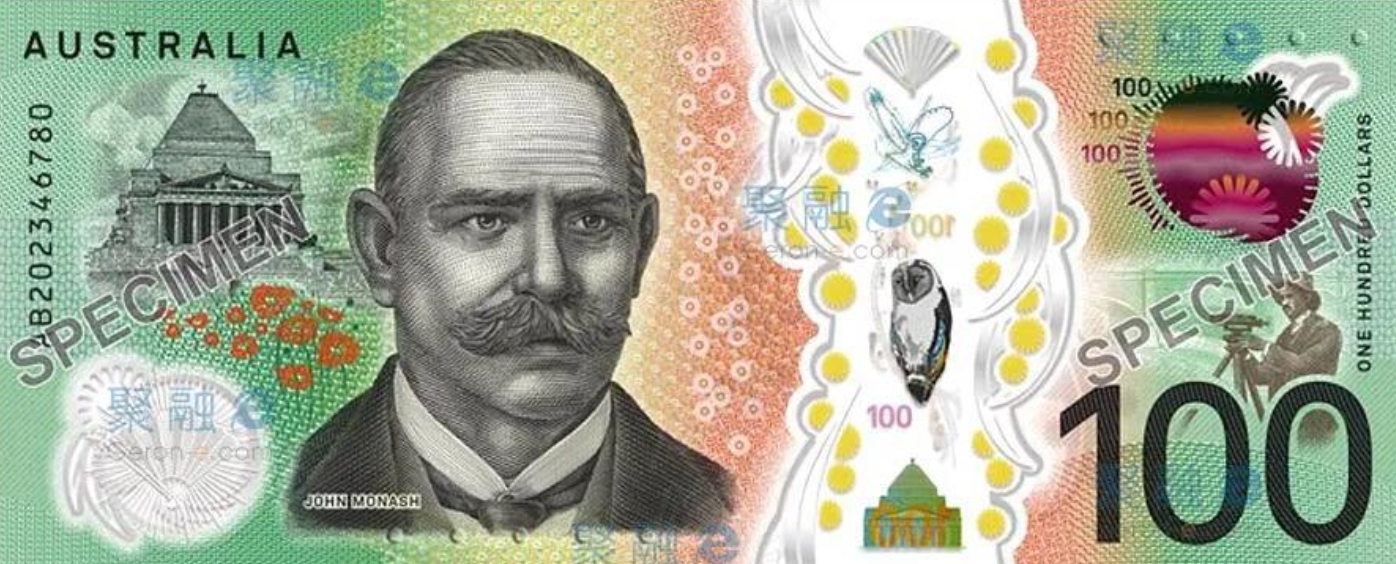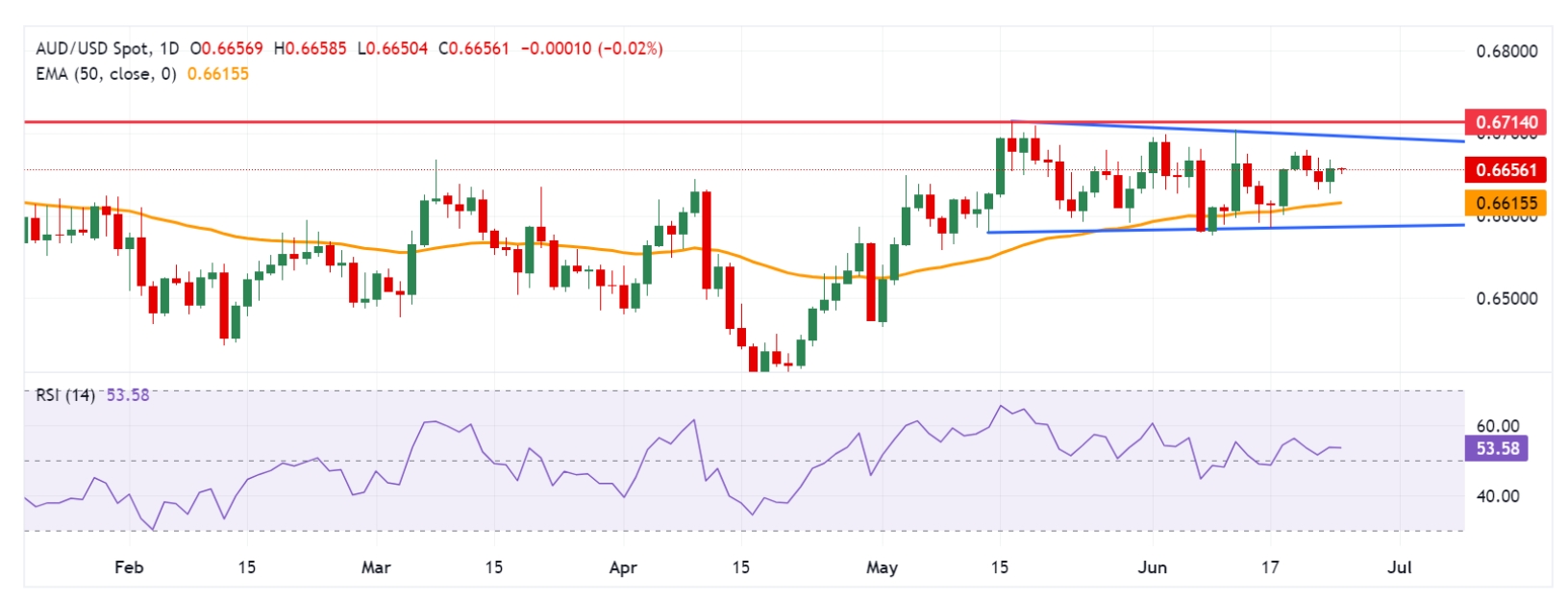Two key positive indicators supporting the Australian dollar may indicate a bullish bias in technical indicators
On Tuesday (June 25th), the Australian dollar/US dollar rebounded slightly to around $0.6660. The Consumer Confidence Index of Western Pacific Bank in Australia increased by 1.7% month on month in June, reaching the highest level since February. In addition, the hawkish stance of the Federal Reserve of Australia has boosted buying for the Australian dollar.

According to Australian media reports, Federal Reserve Chairman Michelle Bullock stated at a recent press conference that the central bank board has discussed possible interest rate hikes and ruled out the possibility of a recent rate cut. The market has significantly lowered expectations for the Bank of Australia's interest rate cut this year, and it is expected that the cut will not begin until April next year.
The Consumer Confidence Index of Western Pacific Bank in Australia rose by 1.7% month on month in June, slightly rebounding from a 0.3% decline in the previous month. This is the first increase in the index in four months and the highest level since February.
According to CME's Fed Watch tool, investors expect the likelihood of the Federal Reserve cutting interest rates in September to be close to 67.7%, compared to 61.5% a week ago.
On Tuesday, the People's Bank of China (PBOC) injected 300 billion yuan through a seven day reverse repurchase agreement, maintaining the reverse repurchase rate at 1.8%. Any changes in the Chinese economy may affect the Australian market, as China and Australia are close trading partners.
Last Friday, the US June composite PMI exceeded expectations, rising from 54.5 in May to 54.6. This number has reached its highest level since April 2022. The manufacturing PMI rose from 51.3 to 51.7, exceeding the forecast of 51.0. Similarly, the service sector PMI rose from 54.8 in May to 55.1, exceeding the consensus expectation of 53.7.
According to Reuters, Minneapolis Federal Reserve Chairman Neil Kashkali pointed out on Thursday that the inflation rate may take one or two years to return to 2%.
Later this week, the United States will release key economic data, and the US dollar will weaken before that. The revised first quarter gross domestic product (GDP) of the United States will be released on Thursday, and the personal consumption expenditure (PCE) price index will be released on Friday.
AUD/USD Technical Analysis
FXStreet analyst Akhtar Faruqui said that on Tuesday, the Australian dollar/US dollar exchange rate was around 0.6650. The daily chart analysis shows that the AUD/USD pair is consolidating within a rectangular shape, showing a neutral bias.
The 14 day relative strength index (RSI) is slightly above the 50 level, indicating a possible bullish bias.
The AUD/USD may receive support around 0.6615 on the 50 day moving average (EMA) and additional support around 0.6585, marking the lower boundary of the rectangular shape.
On the upward side, the AUD/USD may encounter resistance near the rectangular boundary of 0.6695, which is close to the psychological threshold of 0.6700. In addition, potential resistance levels include a high of 0.6714 since January.

Tips:This page came from Internet, which is not standing for FXCUE opinions of this website.
Statement:Contact us if the content violates the law or your rights
